Kitchen Safety
Tools for Possibilities: issue no. 99
Once a week we’ll send out a page from Cool Tools: A Catalog of Possibilities. The tools might be outdated or obsolete, and the links to them may or may not work. We present these vintage recommendations as is because the possibilities they inspire are new. Sign up here to get Tools for Possibilities a week early in your inbox.
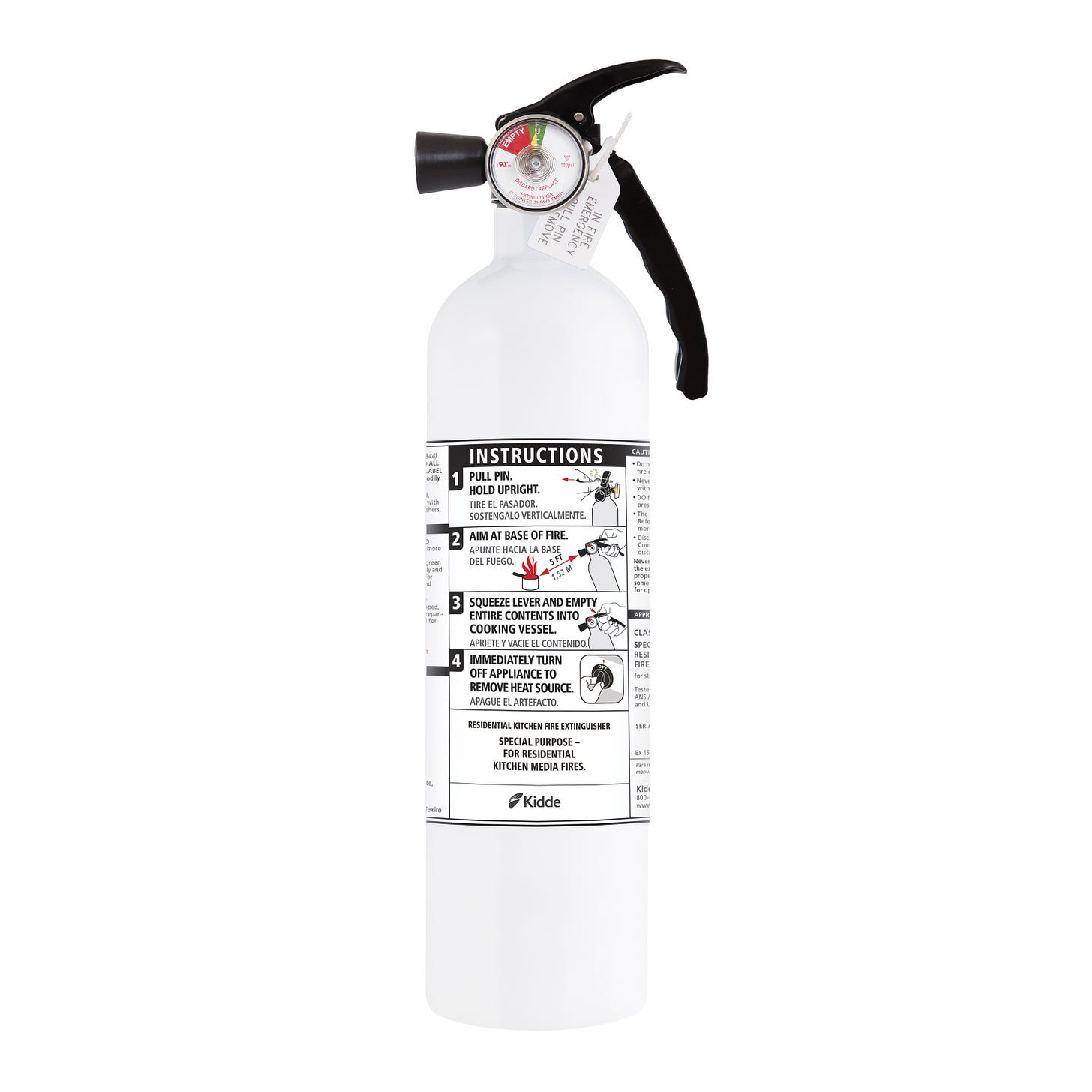
Kitchen fire-killer
You need a fire extinguisher in your kitchen. One that really works well rather than one that looks really good. Most fire extinguishers that easily put out a kitchen-type fire use a mix of chemicals that are not food safe. Cleaning up the sticky powder left after a short blast for even a small grease fire will be quite a chore. The benefit of this new Kidde extinguisher is that this regular 3-pound, high power, dry powder class B/C fire extinguisher is packed with only sodium bicarbonate, or baking soda. It will extinguish fires as well as equivalent models, but the deposit left is not only edible, but a cleaner in its own right. While testing this extinguisher in our kitchen I had no qualms in tasting the discharge: it was indeed just bicarbonate of soda. Put out the test pan fire, too. — KK
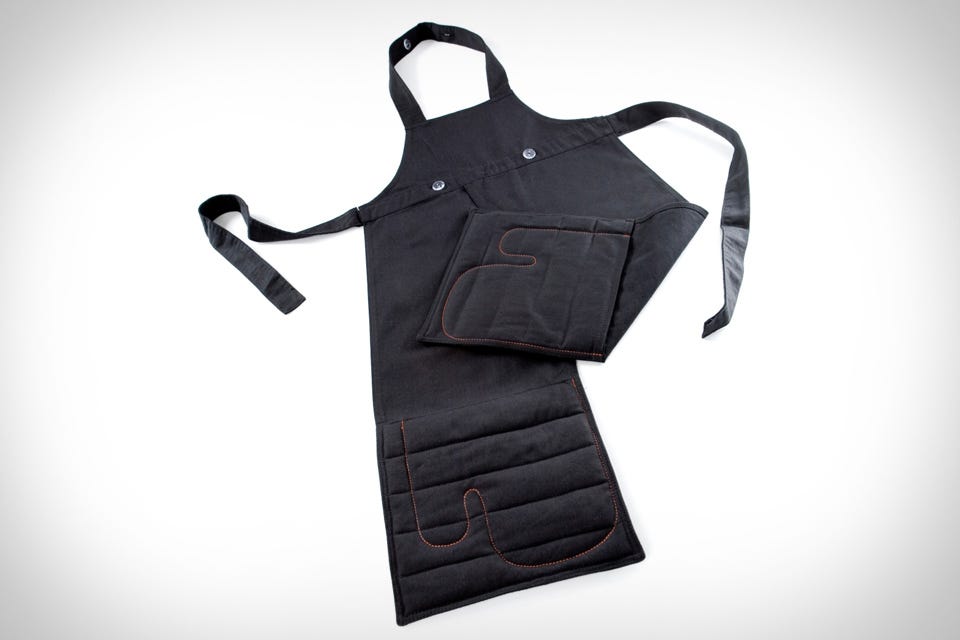
Apron with pot holders
We avoid clutter in our kitchen, so all towels, pot holders and oven mitts live in a drawer next to the stove. Accessible, but nowhere near as handy as this apron that literally puts two padded mitts at your side, right where you need ’em, whenever you need ’em. So simple, so elegant. The slits lessen your below-the-belt coverage, of course, but the convenience is a worthy trade. —Steven Leckart
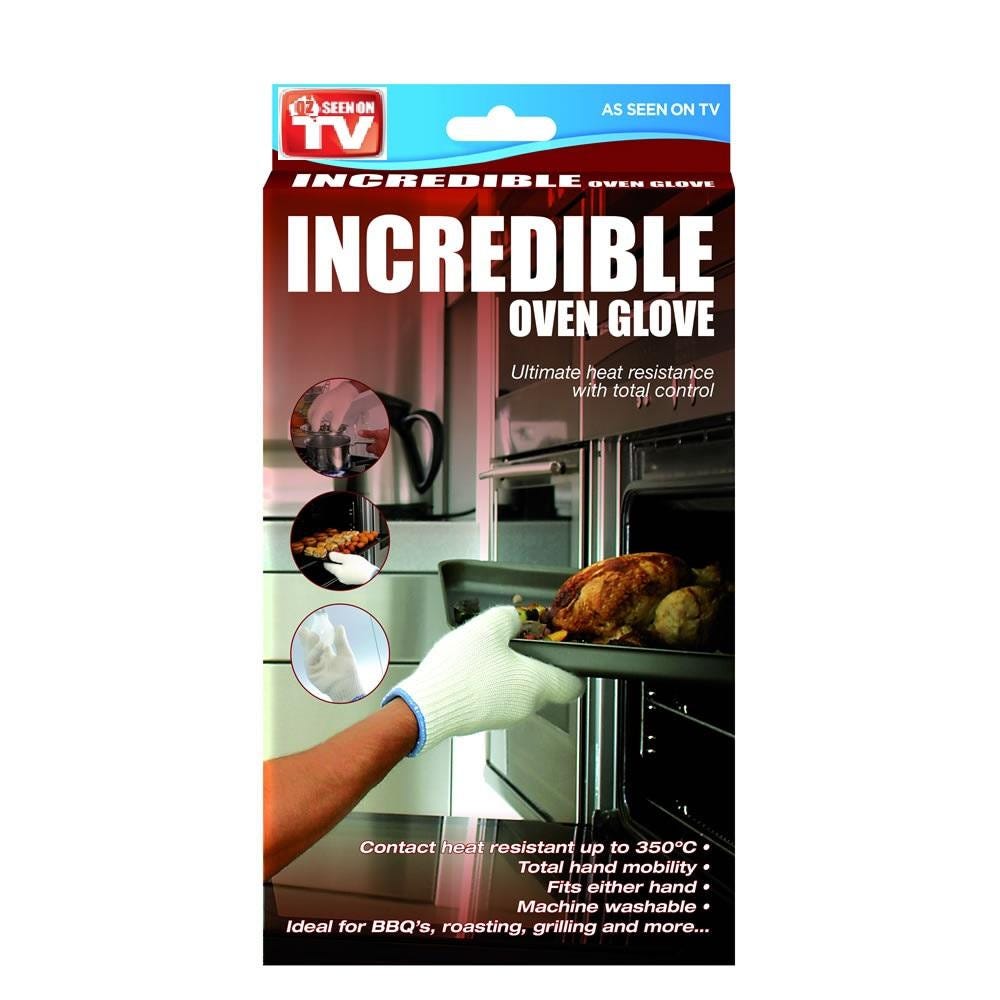
Heatproof Glove for Outback Cooking
I could see the utility of a fireproof glove on a camping trip; I didn’t want to take a “spondonicle.” Nomex flight gloves looked to fit the bill. But before I could buy a pair, I came across the significantly cheaper ‘Incredible Oven Glove’ at the supermarket. It’s a five-fingered Kevlar and cotton glove that’s quite thick.
I used it for adjusting the fire and for handling my billy, utensils and metal cup. The glove worked admirably, giving plenty of mobility. I could hold on to very hot things for long enough for them to cool down without feeling any of the heat. It fits both hands (the one-size-fits-all was just adequate for my large hands). Mine was blackened from soot, but a run through the washing machine when I got back had it good as new.
Be careful, as the glove doesn’t protect from hot water and steam penetrates a little. But if I intend to cook again while in the bush, the oven glove will come with me. I haven’t used it in the kitchen yet but I see no reason why it would fail to work there. — Adam Farrow-Palmer
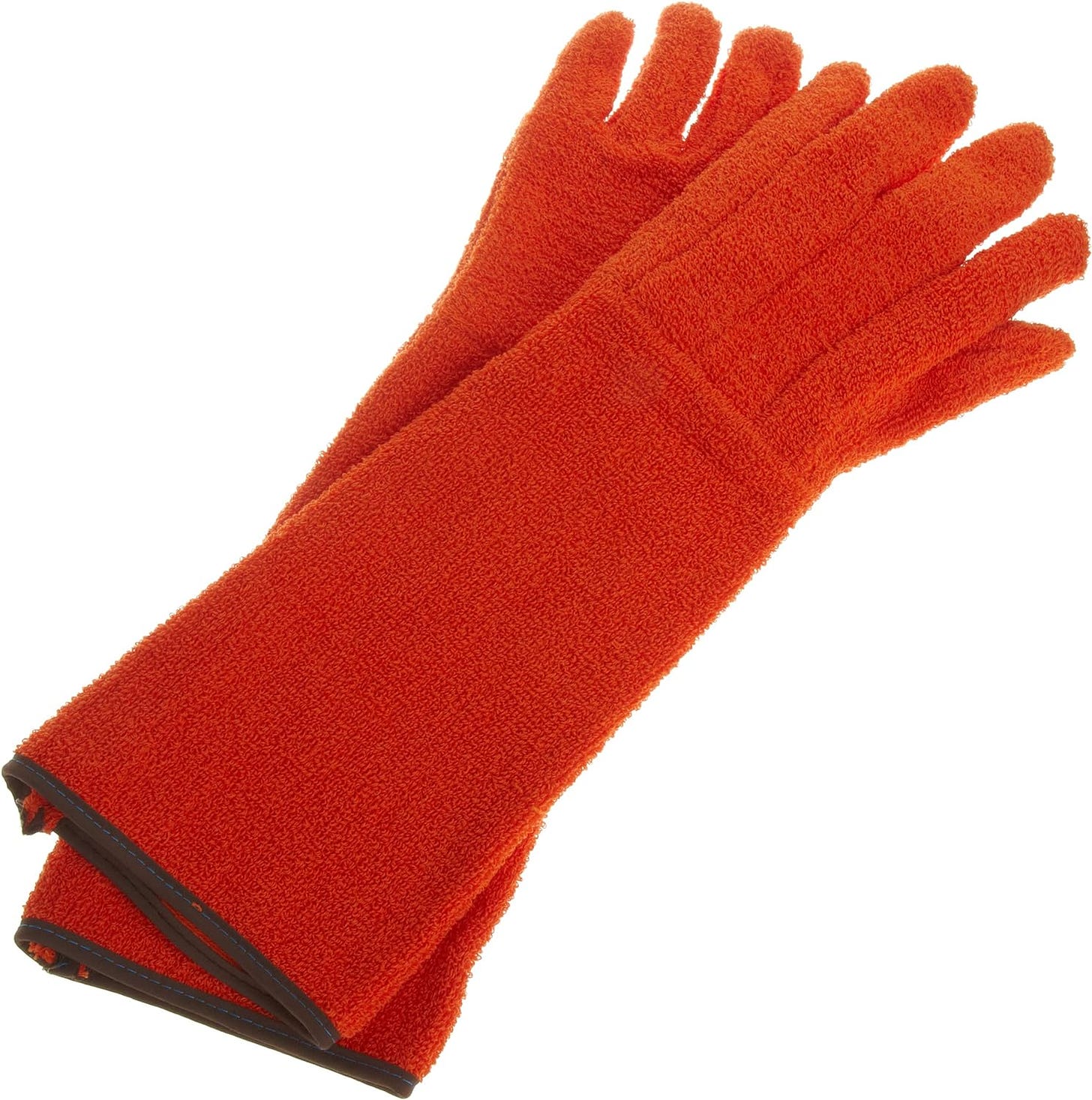
Hot science mitts
I’ve always thought that autoclave gloves would be tremendously useful tools in the kitchen despite only ever using them in the lab.
For one thing, almost all oven mitts are just that; mitts. They’re unwieldy and often so thin you can’t pick things up for more than a couple seconds before the heat passes through the material.
Autoclave gloves also allow for a vastly greater degree of articulation. They come in pairs and have individual fingers. And they stand up to heat (up to 450 F, or 100F more than the Ove Glove) really well, too. I’ve picked things up that were fresh out of the autoclave, so just a step below boiling, and even though I was holding a one liter glass flask full of completely scalding water, it was a good ten to fifteen seconds before the heat coming through the glovesstarted to get anywhere near uncomfortable. And unlike the previously reviewed Ove Glove these autoclave gloves protect your forearm as well.
My point is that these gloves are perfectly made for grabbing things out of the oven without having to worry about fumbling the pan because you didn’t get a good grip with the mittens or because it got so hot you had to set it down immediately. — Chevan C.
For those looking for the ultimate in heat protection you can get a pair of Kevlar glassblowing gloves that are rated to up to 1,000 degrees Fahrenheit from Artco for $34. They are, however, significantly less dextrous than other gloves. — OH
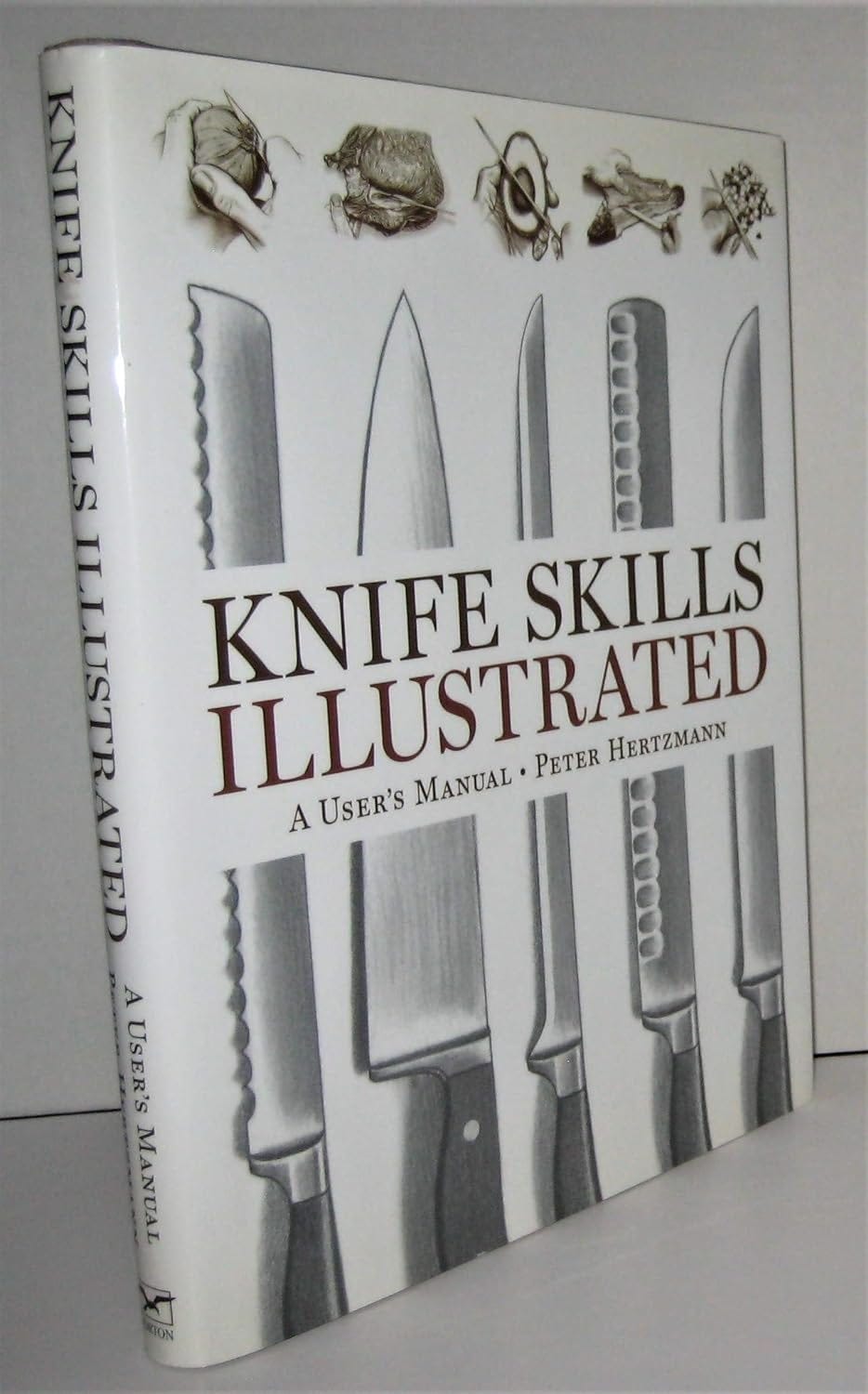
How to cut correctly
Knife Skills Illustrated: A User’s Manual
I have used this fantastic reference book for about three months and it has greatly improved my time in the kitchen. Cooking consists mainly of three basic skills: heating things, putting things together (mixing) and taking things apart (cutting). This book is focused exclusively on the last set of skills.
Why are good knife skills so important? They allow you to cut food without hurting yourself. Also, as the author explains, “you are able to cut it into evenly sized pieces that will all cook at the same rate.” In many cases, you can reduce waste by using a well-thought out cutting technique. In practice, the book has also improved my efficiency in the kitchen, since I can now dice an onion in about a dozen or so deliberate strokes of the knife, rather than chopping haphazardly until I get it into roughly the shape I want it in. There are also aesthetic advantages–good presentation is easier to achieve with consistently cut pieces of food. Finally, as the author notes: “With good knife skills, cooking becomes fun.” I couldn’t agree more.
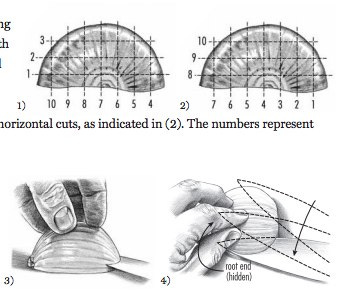
The book walks readers through the process of selecting the proper tool for the job and illustrates the pros and cons of various shapes and blade materials for various tasks. After getting familiar with the two basic grips (yes, you have probably been doing it wrong all your life), knife care and cutting boards are covered briefly and then the real fun begins.
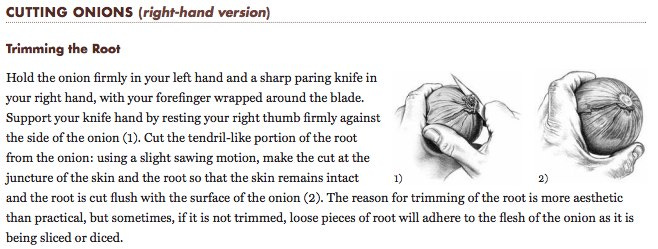
The subsequent chapters explain the best way to cut a wide variety of common vegetables, fruits, meats, fish and poultry. Explanations are clear and concise and are accompanied by beautiful hand-drawn illustrations in both right and left-handed versions. In many cases, multiple techniques are covered.
Much of this information can be accessed in Youtube videos or other online resources. However, I find this book to be far superior for several reasons. First, the book clearly spells out each step in the process, together with an illustration from an ideal angle. With online videos, the steps often run together, forcing you to start/stop and rewind the video in order to completely understand the process. Also, videos are often shot facing the chef, who narrates the process along the way, making it difficult to see what is happening. The written explanations also often contain much more detailed explanations than would be possible in a video voice-over. Critically, I can spread the book out in front of me in the kitchen while I attempt the technique that I am learning. It is easy to look forward or back a step and then pick up where I left off. This is potentially workable using videos on an iPad, but in practice the book is much more convenient. All of the information in the book is consistent in terms of presentation and quality. With online resources, you never know what you are going to get.
Last but not least, it’s very satisfying to pull the book down from the shelf and thumb through it during a spare moment, enjoying the artwork and layout. It sometimes inspires me to attempt a new dish that I would not otherwise have thought of. This book is a cool tool that is also a beautiful object in its own right. — Adam Clark
08/12/24





